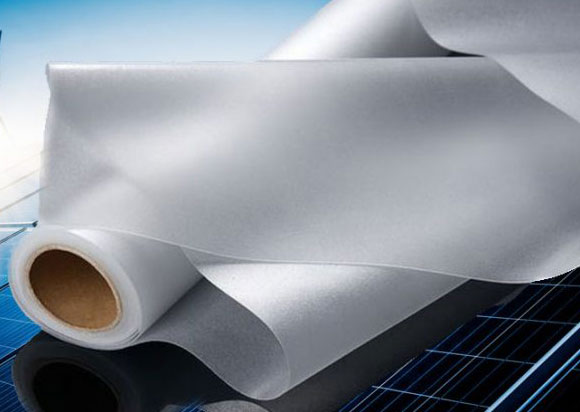Adhesive solar panels and laminated solar panels are two different types of solar panels that vary in their manufacturing processes and construction.
- Adhesive Solar Panels:
- Adhesive solar panels typically consist of solar cells that are adhered to a substrate or backing material using specialized adhesives.
- They are often lightweight and flexible, making them suitable for applications where traditional rigid solar panels may not be appropriate.
- Adhesive solar panels are commonly used in various applications such as on vehicles, backpacks, or other curved surfaces where traditional rigid panels would not be practical.
- They are generally more suitable for specific applications where flexibility and weight are crucial factors.
- Laminated Solar Panels:
- Laminated solar panels are constructed by encapsulating solar cells between layers of a protective material, such as tempered glass or specialized polymer sheets, using a lamination process.
- They are typically more rigid and durable compared to adhesive solar panels, providing better protection for the solar cells against environmental factors like moisture, dust, and physical damage.
- Laminated solar panels are commonly used in residential and commercial installations, where they are mounted on rooftops or integrated into building structures.
- They are designed to withstand various weather conditions and last for many years with minimal degradation in performance.
In summary, adhesive solar panels are characterized by their flexibility and light weight, making them suitable for specific applications where traditional rigid panels may not be suitable. On the other hand, laminated solar panels are more rigid and durable, designed for long-term use in residential and commercial solar installations, providing enhanced protection and longevity.


